Why I Built This Website

The first time I tried to make my own block, I approached it with enthusiasm. I had been taking patternmaking classes for a while, and eager to finally make myself a block so I could make patterns for myself, rather than just patterns in class. With the intention, of course, to then make clothes with my personalized blocks.
The patterns we made in class were based on TAFE standard industry blocks, and after they were checked and marked by the teacher, they eventually went in the bin, I certainly had no use for them. I had asked my teacher about how to make a personalized block, and she gave me the name of the book Metric Pattern Cutting by Winifred Aldrich. One of my classmates was also interested in the same thing, and she purchased the same textbook.
Making personalized blocks wasn't part of the course (it was a Fashion Technology course), so we each made our blocks and toiles at home. I made the block (of course) using my measurements, but I couldn't figure out why there were some issues (for example, I couldn't get the back armhole curve to look anything like it was supposed to, according to the directions). The block didn't work. I made a toile from the block and it was Just So Wrong. To say I was disappointed was an understatement; it was more like devastated. Also confused; But I had used my measurements!! Here is the block that I made with my measurements:
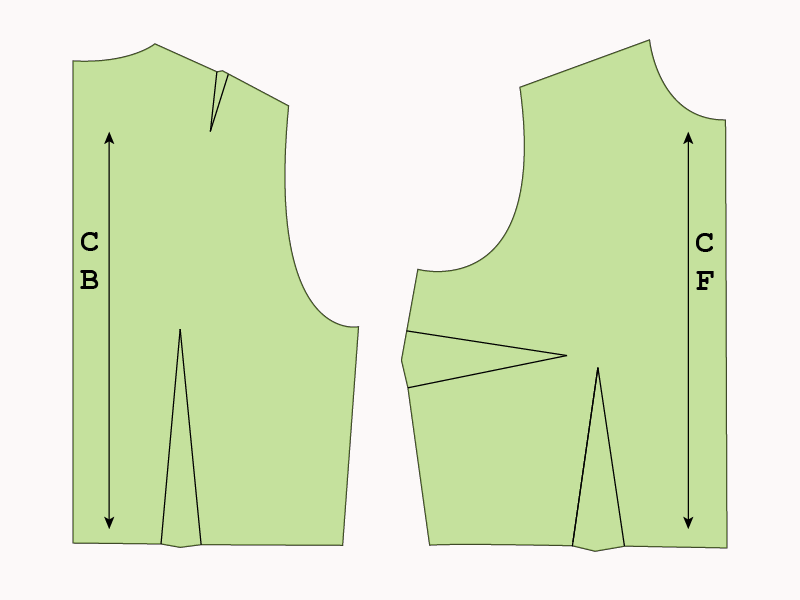
My classmate (who had also made a block) and I had a conversation soon afterwards where I asked her if she had made a block, and a toile, and had it ended up fitting?. She said yes (sub-text "of course!"). I told her that it hadn't worked for me, the toile I made from the block didn't fit. She made some kind of remark suggesting that it was obvious that I Had Not Done it Correctly. If I had followed the directions correctly and used the correct measurements, Then Of Course It Would Fit. (I remember there being a touch of superciliousness in her tone of voice). But I was using my correct measurements. And no, the block didn't fit. No, I didn't make a mistake. (I say that now, for ages I was convinced I was taking some of my measurements incorrectly, but couldn't figure out what I was doing wrong.)
Let's just set aside that conversation where my classmate told me 'I Must Have Done it Wrong'. Let's move on to the another conversation I had with another person (I think also in my patternmaking class) about the fact that the block didn't fit, and I was having problems figuring out why. They asked me: "Why didn't you (just) make changes to the toile, and then note those changes on the block?" The short answer: "!*!*??*$%*(&#@$*^&;" (Me swearing at them in my head!). The long answer (though not the answer I gave at the time!): Of course, I tried that. I don't know why, but I couldn't figure it out. It was beyond me. It wasn't a case of "just" doing it. There were a variety of issues I didn't know where to start! I tried fixing one problem, it created another. I went back and tried again. Yes, I did try that. If you could offer me some concrete help and explain some of the issues, I would appreciate that. Telling me how easy it is, or should be, and I should Just Do Some Generic XYZ Thing is NOT REALLY USEFUL.)
No, I Didn't Do It Wrong
Below find a comparison of my block (finally created years after the above conversation) - in white. The block I made to Aldrich's directions (the same as the one in the image above) is superimposed in green.
They are both made to my measurements.
(Note that when making the Aldrich block, it results in a block with a dart at the shoulder and a dart at the waist: I moved the shoulder dart to the side seam to be better able to compare the two blocks).
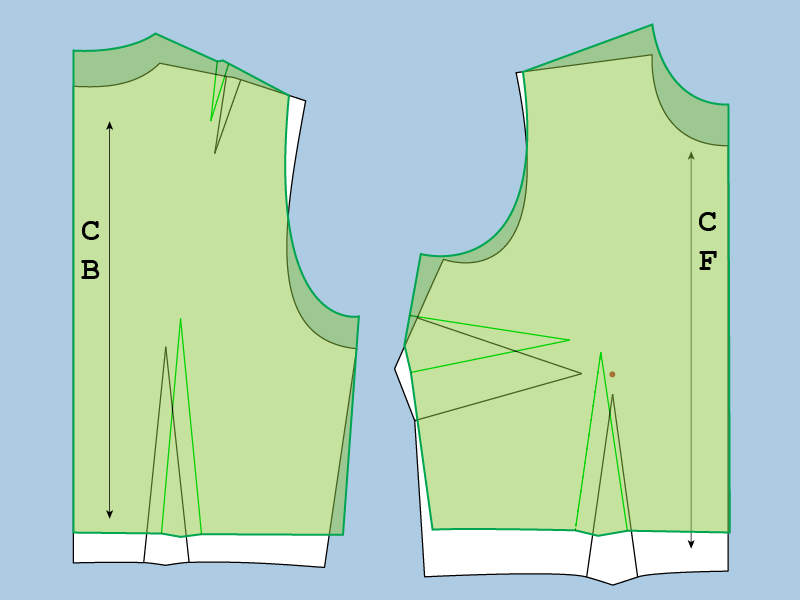
The image below has the same two blocks placed differently to show how it would sit on my body, and therefore make the fitting issues easier to see. (e.g. If the white block is my body, and the brown block a toile, the garment would have to sit on my shoulders.....)

How can they look so different if I'm using my measurements for both?
In the Aldrich method, ONE of the things that are assumed is the shoulder slope - which is the difference that really stands out here. But there are other assumptions too. When I look at the directions now I see that assumption, but I had no idea at the time. Also, despite the fact that it was made for my bust measurement, it still pulled a bit across the bust and had one of my ongoing usual fitting problems - pulling down from the armhole to the bust. The bust-cup was wrong, but when I tried to make do the bust-cup increase, it made things So Much Worse. (See the article: The Large Bust Adjustment Gotcha). There were so many fitting issues, it was impossible for me, by myself, to figure out how to make the block fit. I tried many times. And yes, I trying making changes to the toile, but I couldn't work it out.
What is the point of the above story?
And how does it relate to why I built this website? Two things: (1) I have had a lot of similar conversations with people since I started learning patternmaking and trying to make my own blocks. When I start writing articles for the website (for example, this article), and I write a sentence which has in the past has always resulted in someone posing a question such as "Why didn't you just.......(make a toile)..", my immediate response is to explain and justify it. But I justify and explain every time I write one of those sentences - I'll be repeating myself in article after article.
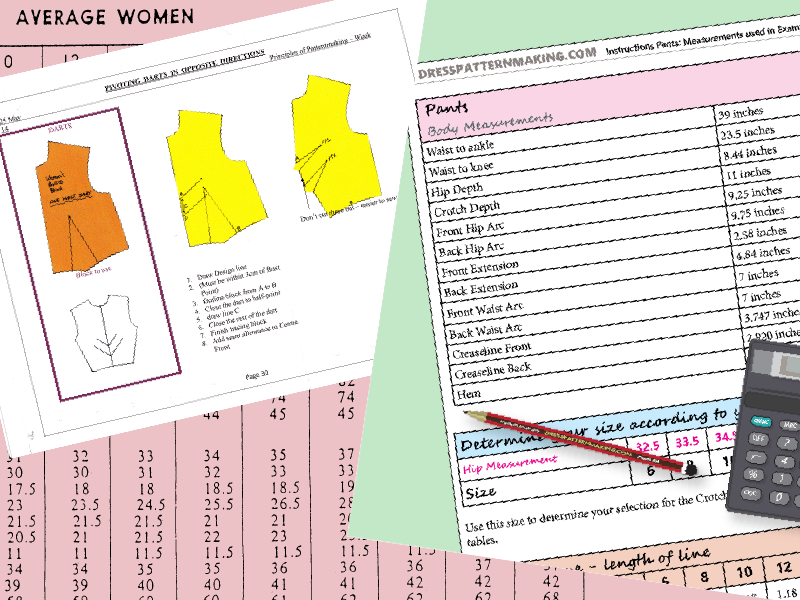
So... if you do find yourself thinking something like "Why didn't you just...?" I would ask you to go read my full story and it will answer your questions. I probably did. Or tried to. Or there was a good reason I didn't. Maybe it shows that I'm missing some spatial-visual skills, that I was lacking knowledge in draping and sewing... and yes, that is the case, I have no argument with that. (2) As I mentioned before, many people seemed to think that a generic "Why don't you.." or "Why didn't you.." would somehow be helpful (unless they said it only to be snarkily critical). I would have loved some concrete advice and help. I tried in many ways to get that help (you can read in my full story the many ways I tried). I really struggled to understand and work it out. Now I have this knowledge, I would like to pass on some concrete and useful help to any other people who may have been, or are, or will be in that position. Especially if there is anyone out there who have tried and come across any of the stumbling blocks I did. Note: The girl in my class in the story above, who made a well-fitting block straight away from the directions, was a Fit Model for a fashion line where she worked. She was a receptionist, but because her figure and size (Perfect Australian Size 10), the company used her to fit their clothing. This means she was slim, the right height, had a B-bust cup, close to a standard shoulder slope.... basically, she had the perfect standard figure, and any set of block making instructions would have ended up with a good working block.
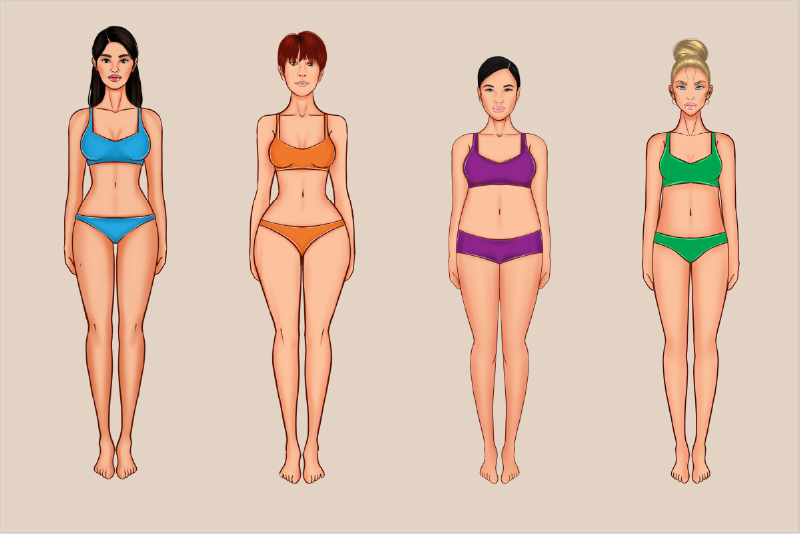
Back to the question of Why I Built This Website
I spent a lot of time trying to make myself a personalized Bodice Block that fit. I tried a number of block making instructions, using my personal measurements, and yet could not end up with a well-fitting block. The problem for me wasn't in following the instructions and making a block; I became very adept at creating blocks with given measurement. (I had also already had patternmaking skills, I could also create a pattern reasonably easily as well... But to make pattern from a block that doesn't fit you well, ends up with a garment that doesn't fit well!). After a while, after many attempts, after many toiles, I came up with a Good Enough block and made quite a few garments from it (it actually still wasn't quite right). But I was always going back to the various Block Making Instructions and trying to understand where I or the block making instructions were wrong; why I couldn't get a Bodice block that fit well directly from those instructions?
A New (Second) Goal
After a while my goal was NOT ONLY to get a block that fitted, but to understand exactly why the block making instructions weren't resulting in a block that fit well. Following on from that, being able to clearly explain where those block making instructions were failing. AND following on from that, write some instructions that filled in the gaps. I finally did understand all the ways in which the block making instructions I was using didn't work for me. In the process I figured out a lot of things; such as making the large Bust Adjustment in the block making process, rather than first making the block as a B cup, then doing the extra step to make the bust larger. Once I finally understood all the issues in creating personalized blocks, I decided I wanted to write instructions that would work with both people with a normal or standard figure, and people with hard to fit figures. I thought that even if it is difficult to explain all the pitfalls in the step-by-step directions, in a website I could at least have to links to articles explaining those issues. I want to make block and patternmaking more accessible to home sewers.
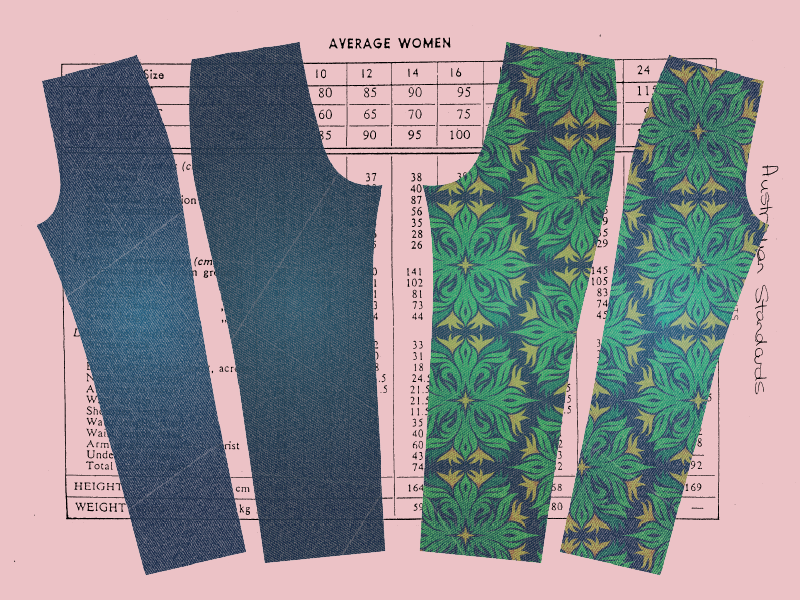
A website is a really good medium for doing this. As I keep learning (making patterns and coming across problems and figuring them out), I can pass on that information. So, I suppose, if I have to put it in a nutshell: I want to save other people some of the angst I had trying to make my blocks, and pass on the knowledge that I gained. Then, as I gain new knowledge making patterns, pass that on too. If you have a figure that's pretty close to Standard, you shouldn't have much of a problem creating a block from any block-making instructions. If you have really good spatial-visual skills and you can see immediately what the problems are when blocks aren't fitting, or if you are good at draping or know someone who can figure out your block by draping, you also will be able to create a block fairly easily. Maybe you have a hard-to-fit-figure but you were raised by a mother who sews and you learned sewing and fitting skills. If you fit into any of these categories, you are lucky. I envy you. Maybe you don't need all my explanations .... but hopefully, there is some patternmaking information that is useful to you. If you have a figure that differs from the Standard in many ways, and you don't fit in those categories just mentioned, and need some help, then I hope that my block making instructions make your life easier in creating your blocks.
Note that all the images showing example blocks are to scale.

